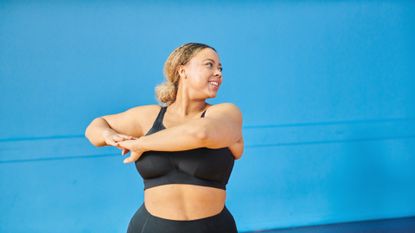Active
The latest Active breaking news, comment, reviews and features from the experts at T3
Explore Active
-
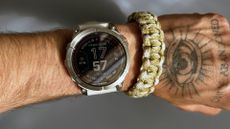
A surprise Garmin update fixes more than anyone expected – and a mystery omission
A new software release brings improvements to high-end models, though not every watch is invited to the update party
By Matt Kollat Published
-

7 genius camping hacks an outdoor expert swears by
From turning your water bottle into a lantern to warming cold feet – here's how you can make your outdoor adventure easier
By Bryony Firth-Bernard Published
-
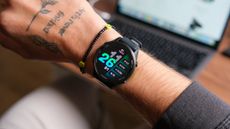
Best triathlon watches 2025: Top multisport picks for every athlete
I've tested the best triathlon watches of 2025 from Garmin, Polar, Suunto and Coros that helped me improve performance and recovery every step of the way
By Matt Kollat Last updated
-
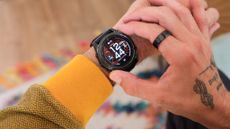
Garmin’s next era starts in 2026 and the clues are hiding in plain sight
After pushing boundaries with MicroLED watches and a wave of new launches, Garmin now needs to deal with its AI questions, app drama and shifting user expectations
By Matt Kollat Published
-

Best folding treadmills 2025 to get you fit with limited space at home
The best folding treadmills can boost your cardio and pack away neatly when not in use
By Bryony Firth-Bernard Last updated
-
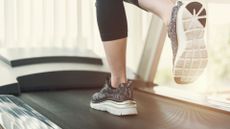
Best cheap treadmills 2025: Maximum cardio effort for minimal price
The best cheap treadmills for those who want to get and stay fit indoors without breaking the bank
By Bryony Firth-Bernard Last updated
-
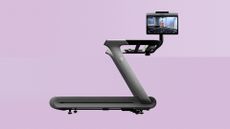
Peloton boss explains why Tread+ isn't in the UK or Europe – and it actually makes sense
The Row+ has less of a good reason
By Britta O'Boyle Published
-
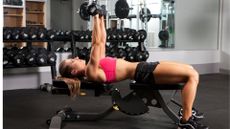
Best weight benches 2025: elevate your home workouts to the next level
The best weight bench for home workouts, from simple flat benches to adjustable home gym platforms
By Bryony Firth-Bernard Last updated
-

Boost your metabolism and build total body strength with this five-move dumbbell workout
This 25-minute EMOM workout will leave your heart racing and muscles pumped
By Bryony Firth-Bernard Published
-
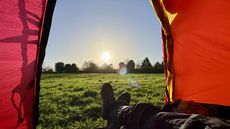
Hilleberg Red Label Soulo Tent review: a gold standard in portable resilience
Unshakeable camping performance for adventurous adventurers
By Derek Adams Published
-
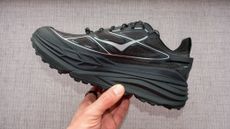
The Stinson One7 shows HOKA is rethinking one of its wildest shoes
The new shoes feature street-ready hybrid with translucent uppers, oversized branding and upgraded tech
By Matt Kollat Published
-

A mobility expert shares four bodyweight exercises to unlock stiff, achy hips
Just 15 minutes is all you need to make your hips happy again
By Bryony Firth-Bernard Published
-
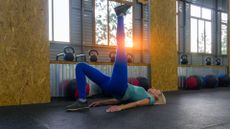
Build stronger, healthier knees to run pain-free with this 4-move dumbbell workout
Run more comfortably and confidently
By Bryony Firth-Bernard Published
-
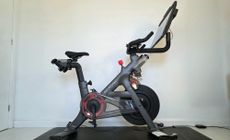
Peloton Cross Training Bike+ review: the best exercise bike for those who can afford it
Home fitness doesn’t get any better than this, but is it a worthy upgrade for existing Peloton users?
By Lee Bell Published
-

Smart rings have just got edgier thanks to Diesel and Ultrahuman’s unexpected team-up
Ultrahuman and Diesel's collaboration lands with surprising intent
By Matt Kollat Published
-
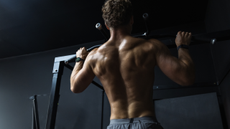
4 exercises a sports scientist swears by to build a bigger back
And you can do them all at home
By Bryony Firth-Bernard Published
-
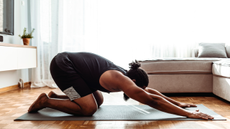
A top trainer shares a 6-minute workout to help boost full-body mobility and strengthen your joints
Start your day off, or your workout, with these six exercises to improve your movement and mood
By Bryony Firth-Bernard Published
-
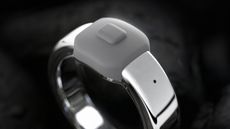
Pebble's Index 01 is the anti-smart ring that only does one job and people will love it
A tiny stainless steel ring with a button and microphone might be the most unusual wearable Pebble has ever made
By Matt Kollat Published
-
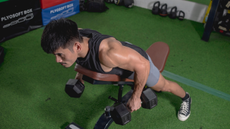
Bat wing rows: the underrated exercise for adding strength to your upper back and rear delts
Improve your posture, pressing and pulling movements with this simple exercise
By Bryony Firth-Bernard Published
-

I’m a camping connoisseur and these are the 3 best tents I’ve seen in 2025
If I could only pick three tents for 2025, these are the ones I'd choose
By Derek Adams Published
-
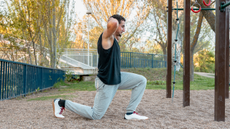
This three-move bodyweight workout builds full-body strength and burns lots of calories
If life's got hectic and you need a quick full-body workout to keep you ticking over, this is it
By Bryony Firth-Bernard Published
-
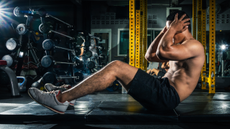
A top trainer shares a 10-minute ab workout to strengthen your midsection muscles
Kayla Itsines reveals how to strengthen your abdominal muscles when you're short on time
By Bryony Firth-Bernard Published
-
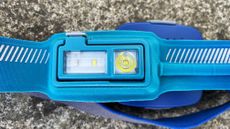
BioLite Dash 450 Headlamp review: Brilliantly balanced, lightweight head torch for outdoor adventures
It might seem simple, but the BioLite Dash 450 headlamp is brilliant
By Pat Kinsella Published
-
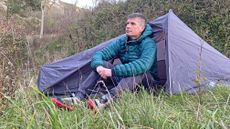
Lifesystems Solo Peak Tent review: a 1kg ultralight shelter built for fastpacking and solo adventures
A light-as-you-like one-person shelter for backpacking adventures, wild camping and fastpacking forays
By Pat Kinsella Published
-
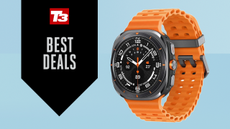
The Samsung Galaxy Watch Ultra has been slashed to its lowest-ever price at Amazon – but stock’s flying fast
You can now save over £200 off Samsung’s best rugged smartwatch
By Bryony Firth-Bernard Published
-
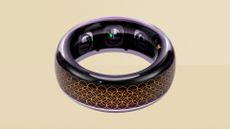
Vertu Meta Ring arrives with a twist no other smart ring offers – and it doesn’t need a subscription
The luxury brand's new smart ring combines premium design with always-on wellness support
By Matt Kollat Published
-
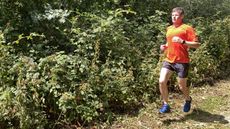
Topo Athletic MTN Racer 4 review: My pick for 2025’s best everyday trail-running shoe
It might not be pretty, but the Topo Athletic MTN Racer 4 is my perfect everyday running shoe
By Pat Kinsella Published
-
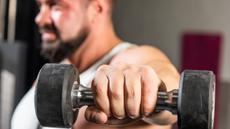
Three exercises to ‘life-proof’ your shoulders, according to a fitness expert
Healthy shoulders lead to better movement and bigger lifts
By Bryony Firth-Bernard Published
-

YETI is gearing up for its biggest year yet with a huge 2026 refresh on the way
The coolers-and-cups icon just laid out its most exciting roadmap in years, and it all points to a gear boom
By Matt Kollat Published
